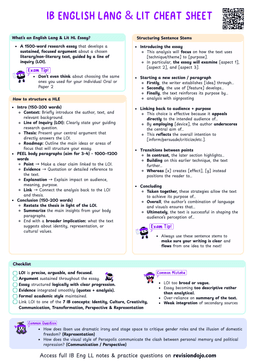Cytokinesis Splits the Cytoplasm Between Daughter Cells
Cytokinesis
Cytokinesis is the process of dividing the cytoplasm of a parent cell into two daughter cells.
- It ensures that each daughter cell receives the necessary organelles, cytoplasmic components, and plasma membrane to function independently.
- While nuclear division (mitosis or meiosis) separates the genetic material, cytokinesis completes the physical separation of the cell.
- Cytokinesis is distinct from nuclear division.
- It focuses on dividing the cytoplasm and its contents, not the genetic material.
In Animal Cells, Cytokinesis forms The Cleavage Furrow
- In animal cells, cytokinesis is driven by a contractile ring of actin and myosin proteins.
- This ring forms just beneath the plasma membrane at the cell’s equator.

Steps of Cytokinesis in Animal Cells
- Formation of the Contractile Ring
- Actin and myosin proteins assemble into a ring beneath the plasma membrane.
- Cleavage Furrow Formation
- The contractile ring begins to tighten, pulling the plasma membrane inward.
- This creates a cleavage furrow, a visible indentation that deepens as the ring contracts.
- Pinching the Cell Apart
- The contractile ring continues to constrict until the plasma membrane is pinched into two separate membranes.
- This process divides the cytoplasm and its contents equally between the two daughter cells.
- Think of the contractile ring as a drawstring on a bag.
- As the drawstring tightens, the bag closes in on itself, eventually splitting into two.
- Don’t confuse the cleavage furrow with the contractile ring.
- The furrow is the indentation on the cell surface, while the ring is the structure beneath the membrane that causes the furrow to form.


